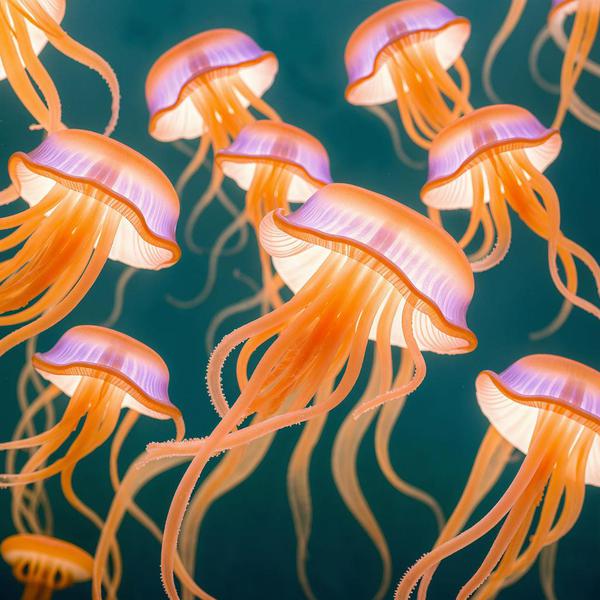

I'm a writer and editor who has written for high-profile people and organizations including Dr. Jane Goodall and the National Science Foundation. I provide copyediting services for a variety of clients--nonprofits, academics, publishers, authors (fiction and nonfiction), and more.
As a writer, I strive to make complex subjects understandable, using a lively, reader-friendly style. I offer creative development of story lines and fruitful collaboration.
Contact me if you're looking for someone who will help get your manuscript in excellent shape, tell your story in compelling fashion, and harness the power of words to help you grow your audience and achieve your goals.
I edit copy in a wide range of formats, including:
- books
- journal articles
– theses
– memoirs
– e-books (how-to books, self-help, and more)
Specialties include nonfiction--reference books, academic (humanities, popular science, and more), life stories, scripts both fiction and nonfiction.
Learn more about Midnight Ink editing services.
I am available for assignments: feature and news articles, blog posts, book catalog and other copywriting, nonfiction for young readers, popular science writing.
If your topics are specialized and you aim to connect with a broader or lay-sophisticated audience, I can assist in bridging that gap.
Reach out if you need someone to help you capture audiences and convey your excellence.
If you'd like to work together, please reach out.
Click "Contact" above or email me.










